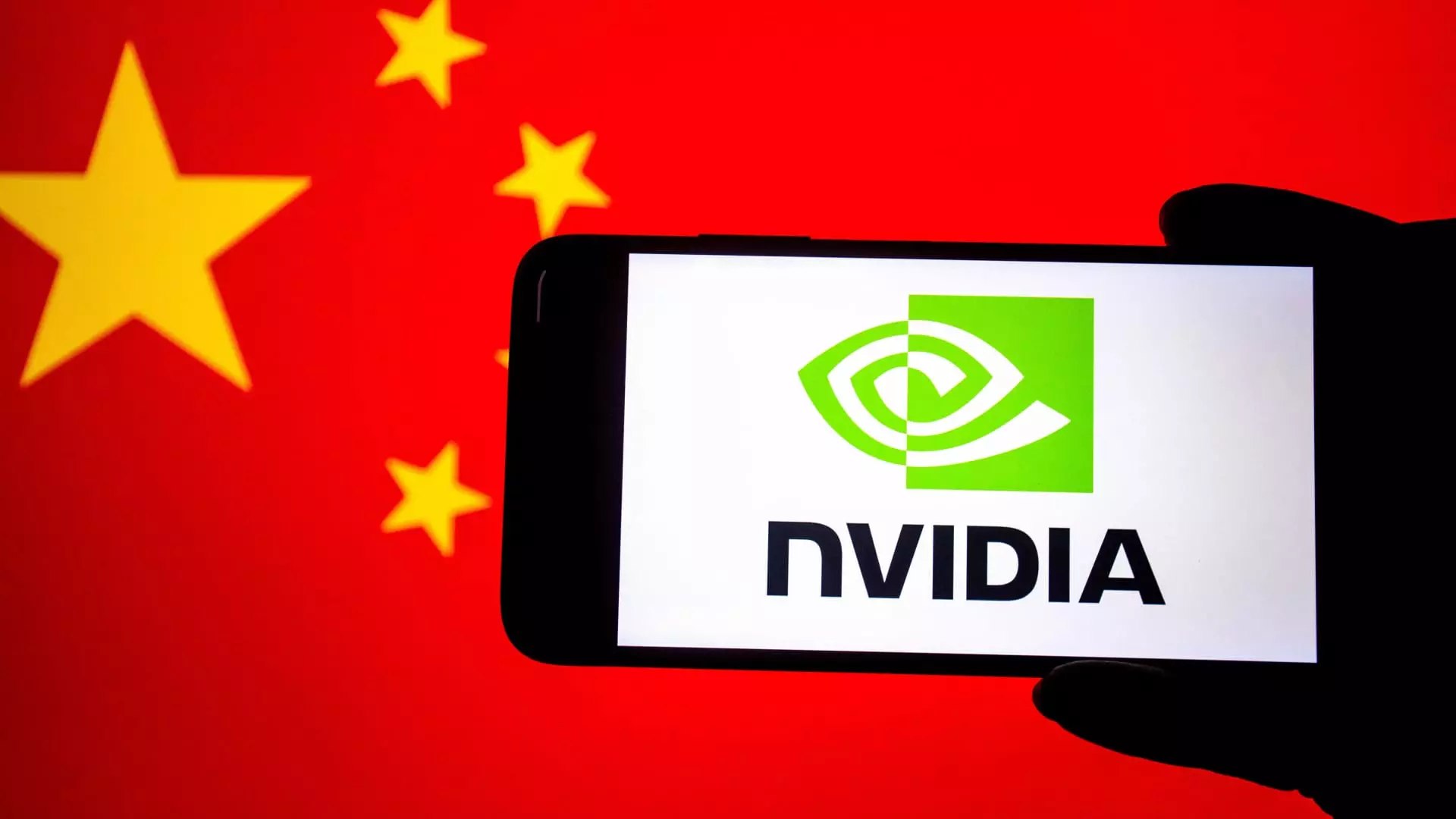In recent months, the arrest of two Chinese nationals in California for smuggling hundreds of millions of dollars’ worth of cutting-edge AI chips has spotlighted a nagging vulnerability in America’s technological and national security landscape. The individuals, Geng and Yang, allegedly exploited loopholes to export Nvidia’s most advanced chips—such as the formidable H100—designed for AI breakthroughs, to China without the required licenses. This situation exposes the glaring gaps in export control enforcement, which, despite recognition, remain insufficiently robust to deter sophisticated covert operations. As the U.S. seeks to lead in innovation, these clandestine shipments threaten to undermine its technological supremacy, ultimately serving the interests of autocratic regimes rather than its allies and industry.
Weak Enforcement and Infinite Loopholes
At its core, this case reveals the failure of current regulatory frameworks to contain technologically enabled espionage. While export controls and licensing systems are in place, the defendants’ strategic use of transshipment hubs and financial channels in Hong Kong, Singapore, and Malaysia showcases the ease with which determined actors can circumvent these safeguards. ALX Solutions, a company founded after new controls kicked in, managed to execute over 20 shipments amidst ongoing investigations, illustrating that even targeted enforcement is insufficient to shut down well-organized smuggling networks. America’s security agencies and industry leaders must recognize that these covert operations are not anomalies but symptoms of systemic weaknesses that require a fundamental overhaul of policies, monitoring mechanisms, and international collaboration.
The Myth of Controlled Commerce
Major semiconductor companies like Nvidia publicly insist they operate within strict export boundaries, emphasizing that their sales go through licensed partners and rigorous review processes. Yet, the reality is far grimmer. The proceeds from these illicit shipments, often financed by entities in China and Hong Kong, infiltrate global supply chains, fueling China’s military and AI ambitions under the guise of legitimate trade. This undermines the performative assurances from corporations and underscores a perilous disconnect between corporate compliance rhetoric and actual security risks. Moreover, the assumption that technology transfer is a controlled, linear process proves naive when transshipment points effectively become conduits for sanctioned products, revealing an urgent need for more aggressive intervention and stricter international enforcement.
The Broader Strategic Implication
This saga exemplifies a broader strategic challenge: the ongoing attempt by authoritarian regimes to embed themselves into the fabric of global technological innovation. Instead of a straightforward progression, the U.S. faces a complex web of clandestine operations designed to bypass restrictions, compete relentlessly, and possibly even develop indigenous capabilities through stolen or diverted technology. The implications extend beyond simple economic concerns; they threaten the sanctity of strategic advantage—an advantage that took decades of investment and innovation to build. As Washington debates its next move, it must question whether current policies are truly sufficient or merely superficial measures that give false reassurance.
Turning the Tide for National Security
To safeguard its technological edge, the United States needs a paradigm shift—one driven by better intelligence, enhanced international cooperation, and stronger penalties for violators. Allowing a few high-profile arrests to serve as a deterrent is inadequate when companies, law enforcement, and policymakers remain reactive rather than proactive. The fight against AI chip smuggling demands not only stricter export controls but also a broader recognition of the strategic importance of maintaining technological sovereignty. The nation must prioritize cutting off illicit supply chains at every level, build more resilient oversight systems, and foster a global consensus that protects security and innovation alike. Only then can it hope to contain this invisible war shaping the future of global power.

